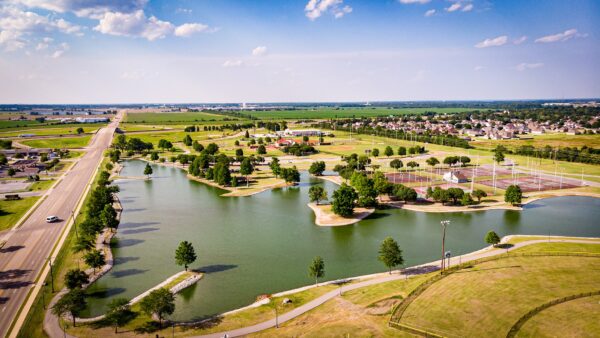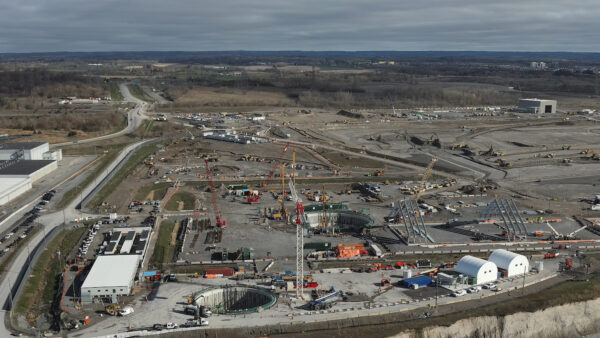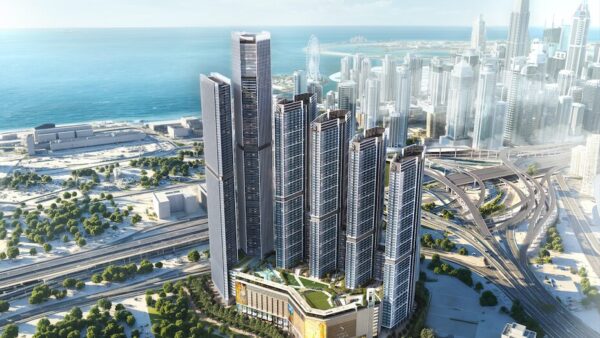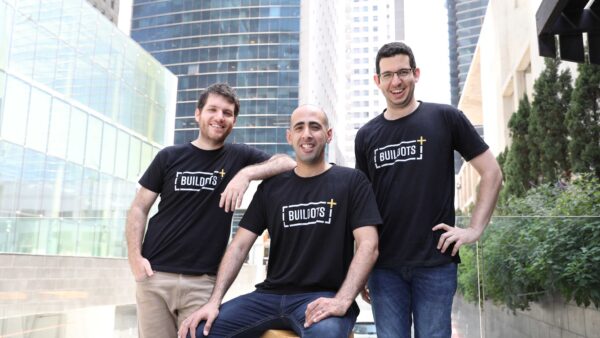Researchers from the University of California, Los Angeles (UCLA) have been awarded a $2m grant from the Department of Energy, to be spent on developing “CO2Concrete”, made in part from carbon dioxide emissions.
A further $905,000 has been raised from industry partners and UCLA discretionary funds.
CO2Concrete has a carbon footprint 50-70% lower than traditional concrete, and captures carbon dioxide from raw flue gas emitted by cement plants and other sources. One particular attraction of the process is that it does not need a conventional carbon capture system.
A test centre to demonstrate the process is located at Dry Fork Station, a coal-based power plant near Gillette, Wyoming.
The 90-day demonstration will create 140 tonnes of CO2Concrete, which will be split between construction sites and building projects on the UCLA campus.
Gaurav Sant, professor of civil engineering at the UCLA’s Samueli School, said: “This support allows the institute to advance its mission to decarbonise heavy industry operations, and to develop better ways to use waste carbon dioxide emissions.”
A team at UCLA has been working on the project since 2016.
The project is one of 11 sharing funding of $17m from the US Department of Energy’s carbon utilisation programme.
Cement production accounts for 8% of man-made carbon dioxide emissions.
Image: The Wyoming Integrated Test Center at the Dry Fork Station in Gillette, Wyoming (Gabriel Falzone/UCLA)
Further Reading:










